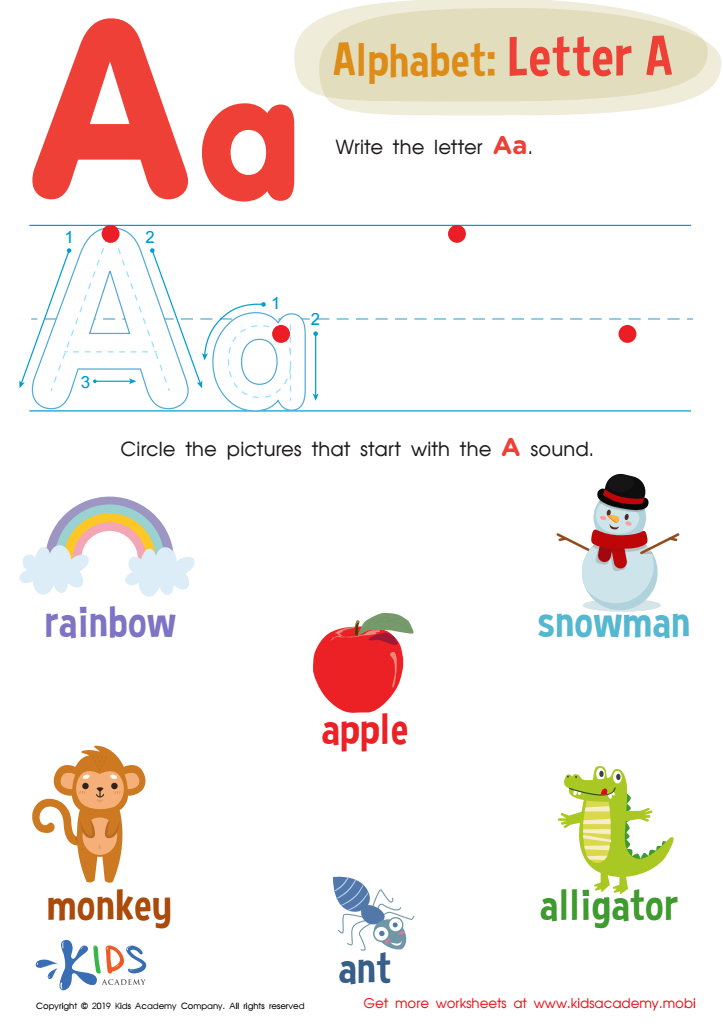Alphabet tracing Normal Tracing Letters Worksheets for Ages 3-6
5 filtered results
-
From - To
Help your child master the alphabet with our Alphabet Tracing Normal Tracing Letters Worksheets for Ages 3-6. These engaging and educational worksheets provide young learners with the perfect start to their writing journey. Each sheet offers guided tracing activities, helping kids develop essential fine motor skills and letter recognition while having fun. Designed specifically for preschoolers and kindergarteners, these worksheets make learning interactive and enjoyable. They’re ideal for both classroom and at-home practice, ensuring children gain confidence in their writing abilities. Empower your child’s early literacy skills with our expertly crafted tracing letters worksheets today!


Letter P Tracing Page


Letter Q Tracing Page


Letter H Tracing Page


Letter A Tracing Worksheet


Letter D Tracing Page
Alphabet tracing is an essential activity for young children, especially those between the ages of 3 to 6. This formative period is crucial for developing foundational skills in reading and writing. Normal tracing letters provide several key benefits.
Firstly, it enhances fine motor skills. Young children need to develop precise hand movements, and tracing letters helps in honing these abilities. By practicing the shapes and lines of each letter, they strengthen their hand muscles and improve their pencil grip, which are essential skills for future writing tasks.
Secondly, it introduces letter recognition. As children trace, they become familiar with the alphabet’s structure and appearance. This acquaintance is the first step to recognizing letters in different contexts, a skill vital for reading.
Thirdly, alphabet tracing reinforces cognitive development. While tracing, children also learn to concentrate and follow directions. This helps in boosting their attention spans and ability to focus, which are important for effective learning in other areas.
Moreover, it boosts confidence. Completing tracing tasks gives children a sense of accomplishment, encouraging them to keep practicing and learning. By introducing alphabet tracing at an early age, parents and teachers set a solid foundation for literacy, supporting children’s success in future academic endeavors.
 Assign to My Students
Assign to My Students














